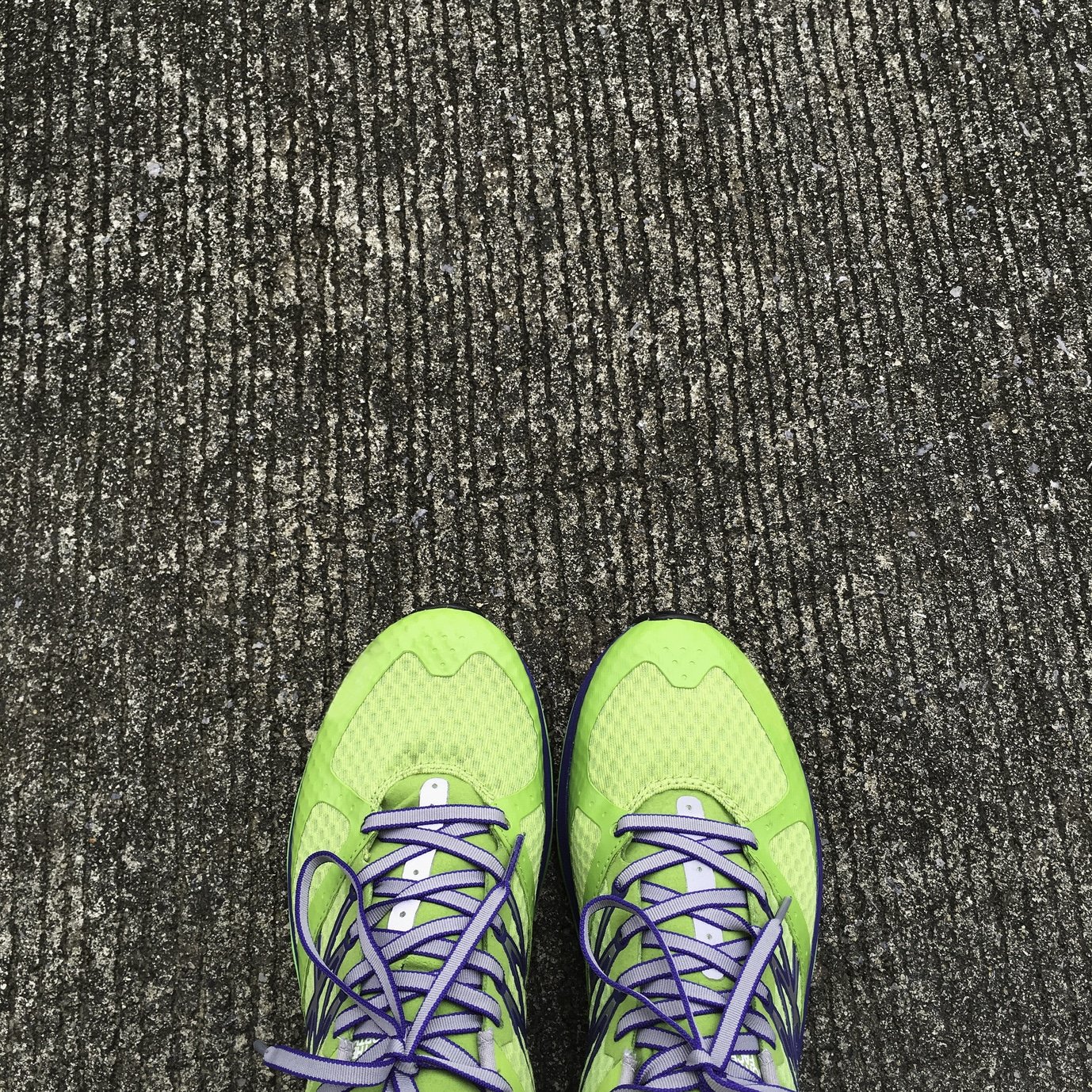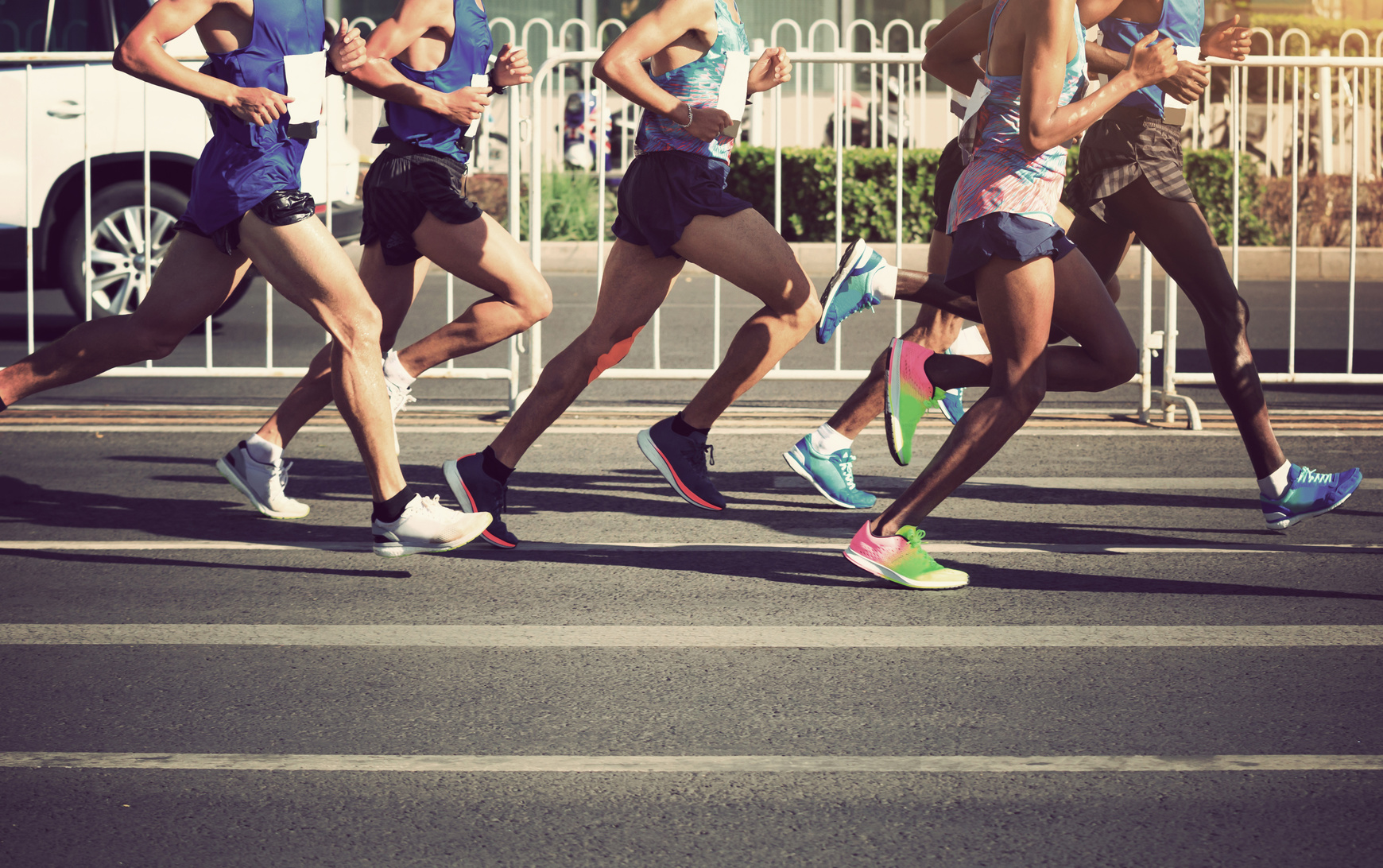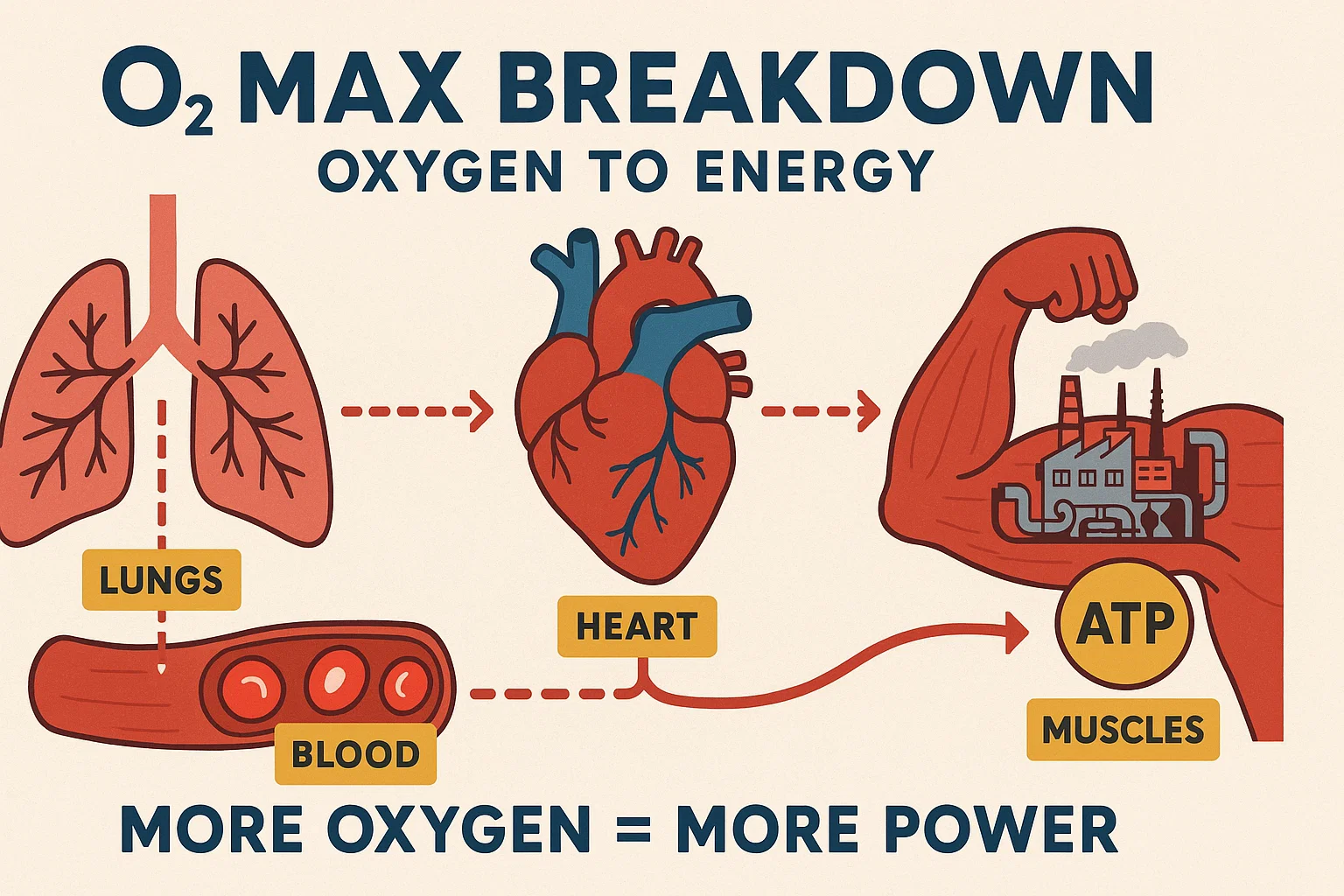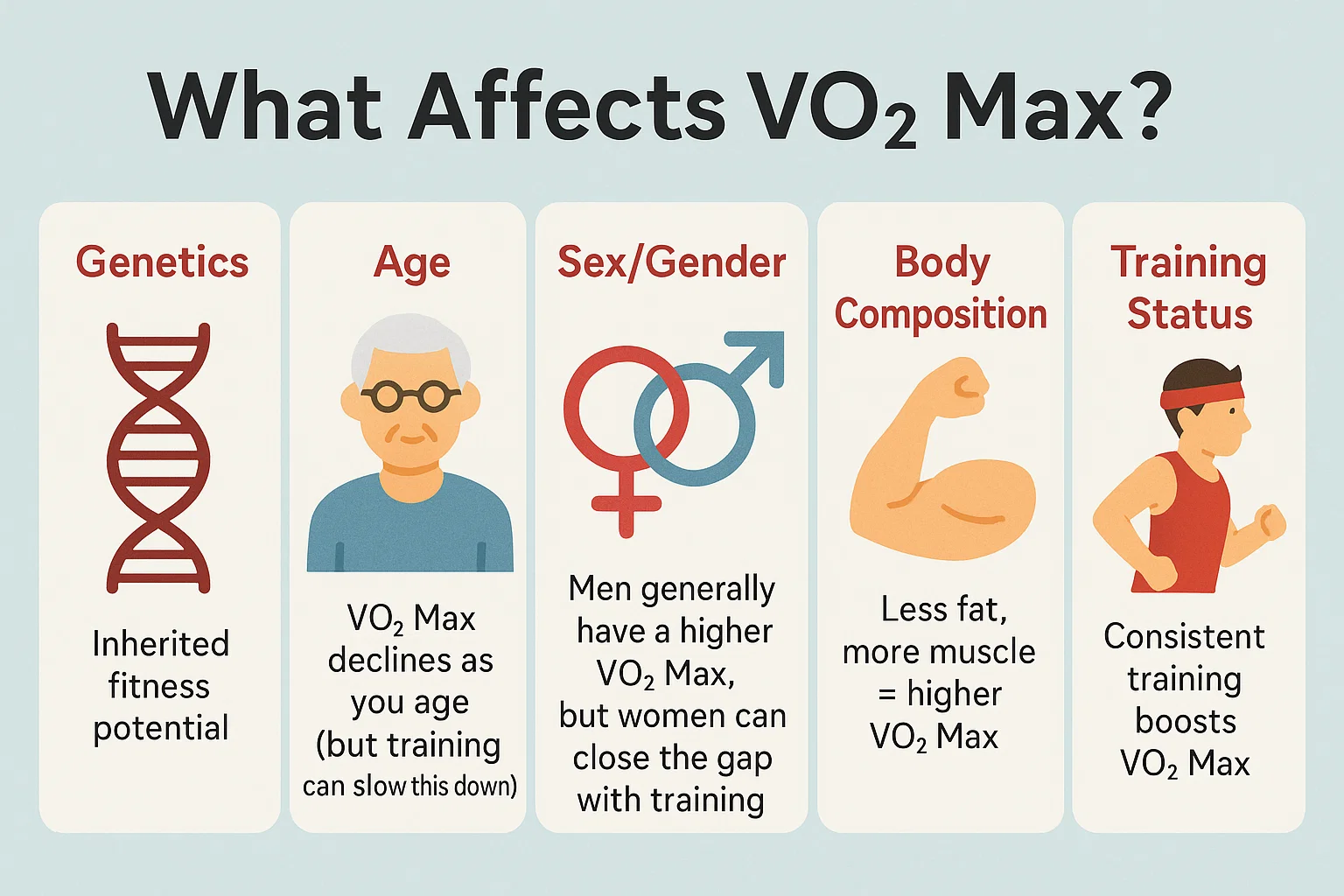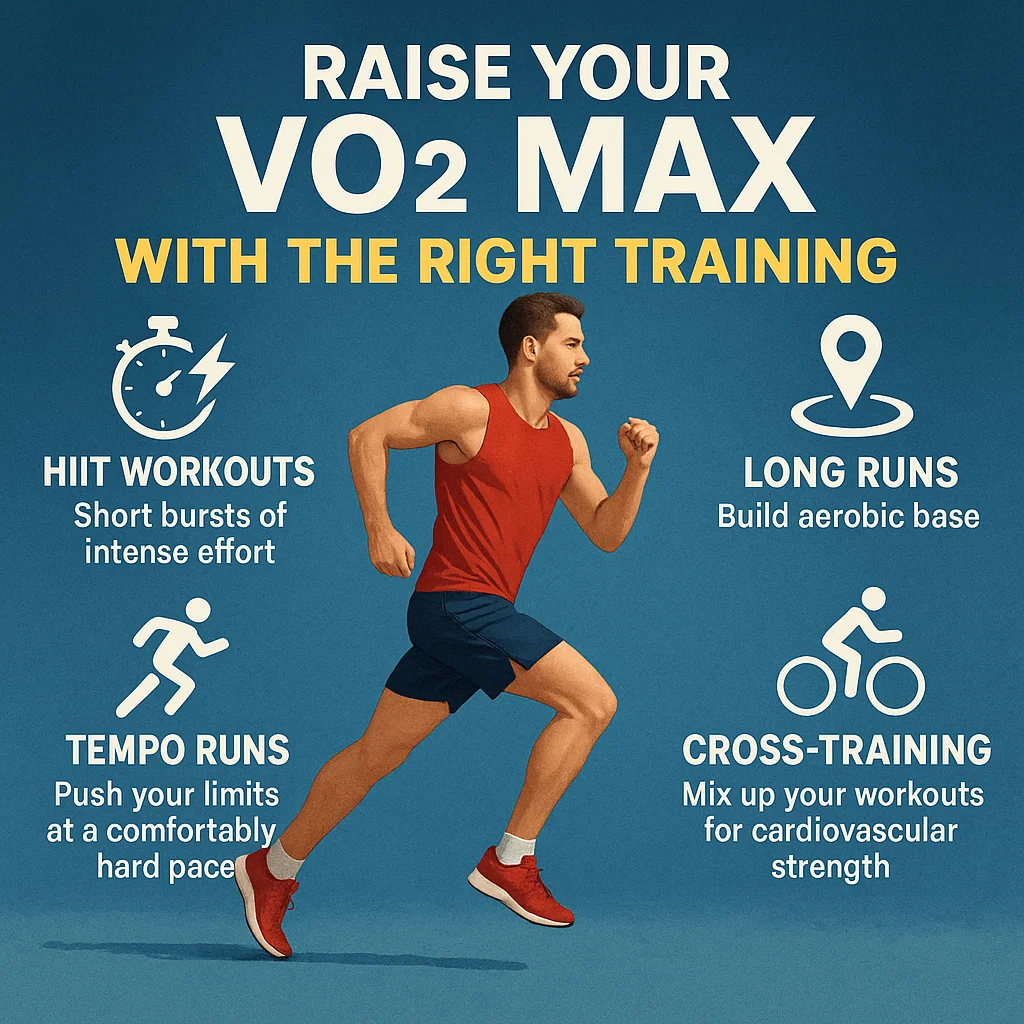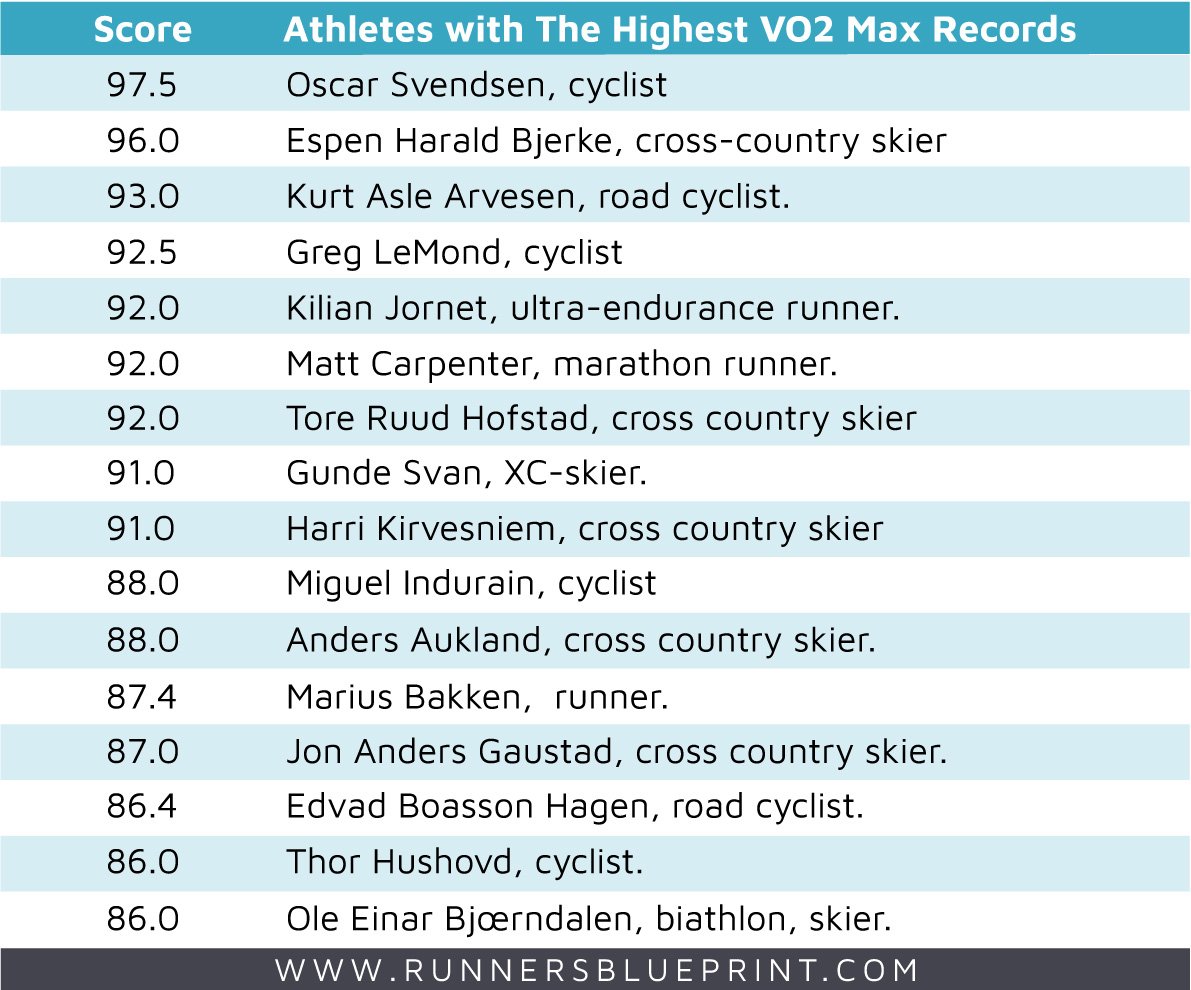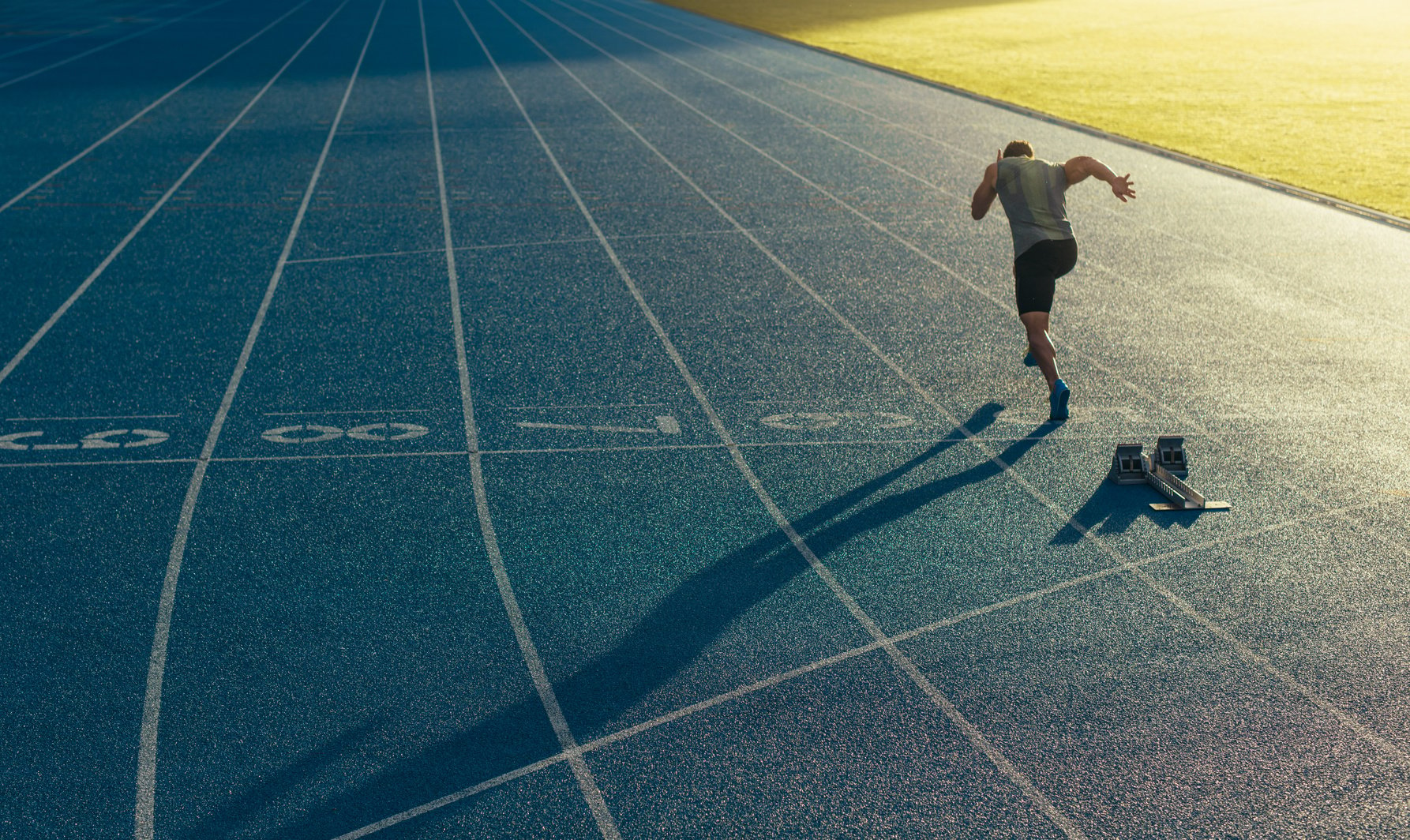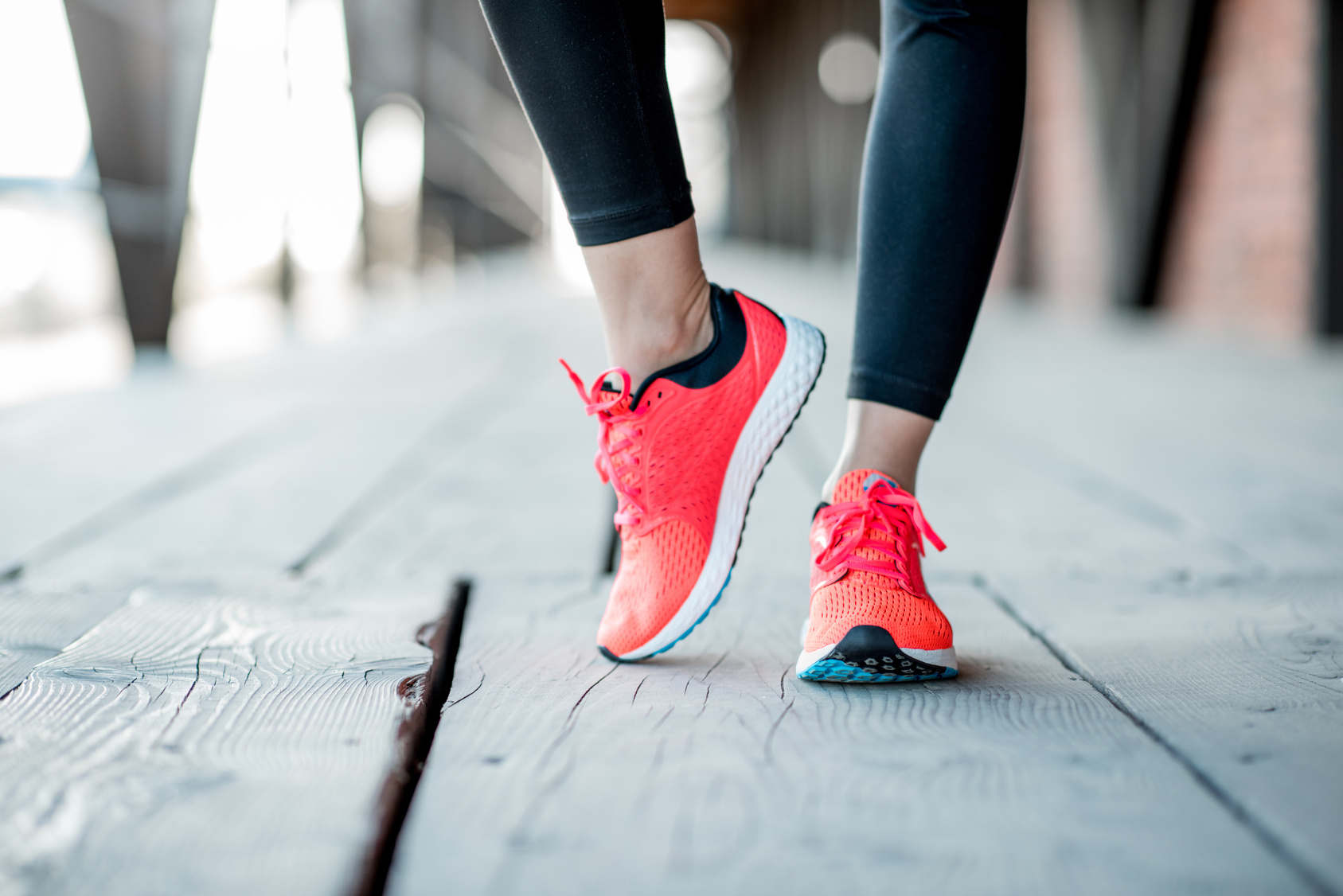Choosing the Right Running Shoes for Your Foot Type
“I once ran a half marathon in the wrong shoes. By mile 9, my knees hated me.”
This isn’t just a one-off horror story — it’s a common tale. The truth is, your foot type may be the reason your runs feel uncomfortable or why nagging injuries keep showing up.
Your feet absorb 2–3 times your body weight with every step. Pick the wrong shoes, and that impact travels to your knees, shins, or hips. Pick the right shoes? You’ve just laid a strong foundation for pain-free, efficient running.
Let’s break down how to identify your foot type and find shoes that work with your stride, not against it.
The 3 Main Foot Types (and What They Mean for Runners)
Most runners fall into one of three arch categories:
- Neutral (Medium Arch)
- Flat (Low Arch) / Overpronator
- High Arch / Underpronator
Each type affects how your foot moves on impact (pronation) and how forces are distributed. Understanding where you fall on this spectrum helps you choose shoes that support—not fight—your natural motion.
1. Neutral Arch (Medium)
What it looks like:
On a wet footprint test, you’ll see a visible arch — not too high, not fully filled in. Think of a soft curve inward in the middle of the print.
How it works:
Neutral runners have a balanced gait. Your heel strikes, and the foot rolls inward just enough to absorb shock. This is ideal pronation — your foot is doing what it’s supposed to do. Most impact stays centered, and your arch helps distribute forces naturally.
Shoe wear pattern:
Look for an “S” shaped wear pattern from the heel to the ball of the foot, centered along the sole.
Common issues:
Neutral feet are efficient, but they’re not injury-proof. Poorly fitting shoes or overtraining can still cause problems. I’ve seen neutral runners sidelined because they picked the wrong shoe just because it was “popular” or “highly rated.” Comfort always wins.
Best shoes:
Stick with neutral running shoes — well-cushioned, flexible, and without aggressive stability features. Great examples include:
- Brooks Ghost
- Nike Pegasus
- Saucony Ride
- ASICS Cumulus
Coaching tip:
If what you’re doing is working, don’t overthink it. As one coach said: “If it ain’t broke, don’t fix it.” Neutral runners don’t need added support unless they’re dealing with a specific issue. Focus on feel, fit, and updating your shoes regularly (every ~300–500 miles).
2. Flat Feet (Low Arch / Overpronation)
What it looks like:
Your wet footprint shows almost the full foot — minimal to no inward curve. The arch is low or completely collapsed. Shoes placed on a table may lean inward.
How it works:
Flat feet often overpronate, meaning the foot rolls inward more than it should during each step. The arch collapses fully, letting your ankle rotate inward and throwing off alignment up the leg. Think of your arch like a spring — and in this case, the spring compresses completely.
Shoe wear pattern:
You’ll see heavy wear on the inner edge of the shoe, especially under the ball of the foot and heel.
Common issues:
- Plantar fasciitis
- Shin splints
- Knee pain (inner or medial)
- Posterior tibial tendonitis
- Lower back or hip pain
- Bunions, heel spurs (due to extra pressure on the inner foot)
That sounds like a lot — but flat feet are not a deal-breaker. Plenty of runners (including elite ones like Haile Gebrselassie) have flat feet and still perform at world-class levels. The key is managing that inward roll so it doesn’t lead to chronic injury.
Best shoes:
Look for stability or motion-control shoes — these offer medial support to prevent overpronation. Look for features like firm arch support, dual-density midsoles, or guiderails.
Popular options include:
- Brooks Adrenaline GTS
- ASICS Gel-Kayano
- Saucony Guide
- Mizuno Wave Inspire
- HOKA Arahi
Coaching tip:
If you’re flat-footed and getting frequent injuries, don’t just slap in an arch support and hope for the best. Visit a specialty running store or see a podiatrist who understands biomechanics. A small shoe change can mean the difference between sidelined and strong.
Best Running Shoes for Flat Feet (and Why the Old Advice Isn’t Always Right)
If you’ve got flat feet or overpronate, chances are someone’s told you to grab a “stability” or “motion-control” shoe and call it a day. And to be fair, that advice can work—for some runners.
These shoes are designed with firmer materials along the arch (called medial posts or guide rails) to limit excessive inward roll. Think Brooks Adrenaline GTS, ASICS Gel-Kayano, or heavy-duty motion-control models like the Brooks Beast.
Plenty of flat-footed runners do great in these shoes. I’ve coached runners who saw shin splints disappear once they got into something more supportive that “locked” their arch in place. But here’s the twist: not everyone with flat feet needs that much structure.
Let’s Clear the Air: Stability Isn’t a Cure-All
Recent studies (including one year-long trial on new runners) found that moderate pronators had no greater injury risk when wearing neutral shoes versus stability shoes.
And in a military study, giving recruits shoes based on arch type didn’t reduce injury rates at all.
Translation? Pronation alone isn’t always the enemy. Overcorrecting it with stiff shoes might do more harm than good.
What Should You Do?
- Try stability or motion-control models if you’ve had issues like knee pain, arch collapse, or chronic shin splints.
- But if those shoes feel too stiff, clunky, or cause outer foot pain, they might be overcorrecting.
- Some runners with flat feet actually feel better in a neutral shoe plus an orthotic insert (which gives arch support without locking your foot into an unnatural motion).
💡 Coach’s note:
One of my marathon trainees had low arches and mild pronation. She hated motion-control shoes—they made her knees ache. We switched her to a moderate stability shoe with soft arch support, and she ran her first marathon pain-free.
Orthotics: Helpful Tool, Not a Crutch
If you’ve had multiple injuries or very flat feet, custom or over-the-counter orthotics can give you that extra support.
Just don’t become dependent. Use them to get strong—not to compensate forever.
And no, flat feet don’t make you a bad runner. Plenty of elite athletes—including Olympic champ Said Aouita—ran on flat arches.
It’s about finding what works and pairing it with smart training and foot-strengthening work.
High Arches (Cavus Foot): When Cushion is King
Now, let’s flip the script. If you’ve got high arches, you’re dealing with the opposite problem: underpronation (aka supination). Instead of collapsing inward, your foot stays rigid and doesn’t absorb shock well. On a footprint test, you’ll see almost no connection between your heel and forefoot—just two blobs with little in between.
What Happens When You Underpronate?
The outer edge of your heel hits first.
Your foot stays stiff through the stride and doesn’t roll in to absorb impact.
That means more jarring forces go straight up your leg, stressing bones and joints.
This leads to issues like:
- Stress fractures (especially in the shin)
- Ankle instability and sprains
- Heel and ball-of-foot pain
- Achilles tightness and plantar fasciitis
- Shin splints or tibial pain
One runner I worked with had high arches and constant tibial stress fractures. She was training in motion-control shoes meant for overpronators—totally the wrong match. Once we moved her into a neutral, plush shoe (ASICS Nimbus) and added some foot mobility work, the pain vanished. No more fractures the next season.
What to Look For in a Shoe (If You Have High Arches)
- Neutral cushioning: Skip the motion-control. You need give, not stiffness.
- Soft, flexible midsoles: Look for models like the ASICS Nimbus, Brooks Glycerin, or HOKA Clifton.
- Room for foot expansion: High arches can make shoes feel tight. A flexible upper and roomy toe box help.
- Extra forefoot cushion: Supinators often feel pressure under the ball of the foot—cushion helps.
And yes, just like with flat feet, strengthening your feet matters. A rigid arch won’t magically become flexible, but you can improve control and stability with targeted exercises.
Best Running Shoes for High Arches: Cushion, Flexibility & Smart Support
If you’ve got high arches, the name of the game is shock absorption and flexibility. Your foot’s natural suspension system isn’t doing much to soften the blow—so your shoes need to pick up the slack.
What You Need:
- Neutral shoes with serious cushioning. Think soft midsoles that soak up impact your foot won’t. Look for descriptions like “maximal cushioning” or “plush ride.”
- Flexibility matters. A stiff shoe won’t help. You want the sole to bend with you, not fight your stride. Look for models with flex grooves or split outsoles that allow a bit more foot movement.
- Avoid stability shoes. That rigid support is great for flat feet—but it’ll make a high-arched foot feel like you’re running on plywood. Let your foot move.
Coach-Approved Picks:
- Brooks Glycerin – Plush, soft ride with a forgiving feel.
- ASICS Gel-Nimbus – Cushioned yet durable, solid for long miles.
- Nike Zoom Vomero – Well-cushioned and slightly bouncy.
- HOKA Clifton or Bondi – Max cushion kings. Shock absorption for days.
If your arches feel sore, or your foot feels like it’s collapsing at the ball and heel, consider adding a cushioned insole made for high arches. It’s not about adding arch support to stop pronation—it’s about filling the gap so pressure is distributed more evenly.
Bonus: Some high-arched runners find that slightly lower drop shoes or midfoot-friendly designs feel better—less heel thumping, more controlled landings.
And remember: Soft shoes are not your enemy. There’s an old myth that plush shoes make you sloppy. Not true—especially if your alternative is nagging injuries. In fact, studies show cushioned shoes can reduce muscle fatigue and improve performance by minimizing impact stress.
Understand Pronation: It’s Your Body’s Built-In Shock Absorber
Let’s break this down, no fluff.
Pronation = natural inward roll of the foot when it hits the ground. You need it. It’s how your body absorbs shock.
Supination = underpronation → your foot doesn’t roll in enough. Rigid, high-arched feet usually fall here.
Overpronation = too much inward roll. Often tied to flat feet.
Neutral = just the right amount of roll. Smooth shock absorption, efficient push-off.
Here’s how it plays out in real life:
| Foot Type | Pronation Style | Common Problems | Shoe Type |
| Flat Feet | Overpronation | Shin splints, plantar fasciitis, runner’s knee | Stability / Motion Control (e.g. Brooks Adrenaline) |
| Neutral Arch | Neutral Pronation | Minimal biomechanical issues | Neutral Cushioned (e.g. Saucony Ride) |
| High Arch | Underpronation (Supination) | Stress fractures, IT band pain, ankle sprains | Cushioned Neutral (e.g. HOKA Clifton, Nimbus) |
Pro tip: Some supinators do well with a midfoot strike to reduce heel impact. It’s worth experimenting with technique and shoes.
Don’t Just Rely on Shoes—Strengthen Your Feet
High arches often mean underused foot muscles, especially in the midfoot and ankles. That rigidity can make you more prone to stress injuries.
Here’s your simple strength checklist:
- Toe curls (pick up a towel with your toes)
- Calf raises (single-leg is even better)
- Balance drills (barefoot on one leg, or on a wobble board)
Stronger feet = better impact control = fewer injuries.
3 Easy Ways to Test Your Foot Type (No Fancy Gear Needed)
Knowing your foot type can save you from injuries and help you pick the right shoes without wasting money on the wrong pair. You don’t need a sports lab or a Ph.D. in biomechanics—just a few simple tests, some observation, and a little curiosity.
Here’s how to figure out what your feet are really doing:
1. The Wet Test (a.k.a. the Footprint Test)
This is the old-school classic. It’s not perfect, but it gives you a decent snapshot of your arch height.
How to do it:
- Wet the sole of your foot
- Step onto a dry surface—brown paper bag, cardboard, or dry concrete
- Step off and check the print
What it shows:
- Flat Foot (Low Arch): The whole foot shows up with little to no curve on the inner side. Looks wide and solid.
- Neutral Foot (Medium Arch): There’s a visible curve on the inside. The print connects heel to toe with a solid but not full strip.
- High Arch (Supinated): Heel and forefoot are there, but the middle is barely visible or even disconnected. That arch is staying high off the ground.
Coach’s note: This is a quick test—but not the full story. If you’re somewhere between flat and neutral (most people are), it might not be crystal clear. Use this as a starting point, not your final answer.
My own wet test looks “neutral,” but a gait analysis showed I mildly overpronate. So yeah, it’s helpful—but don’t stop here.
2. The Shoe Wear Test (Read Your Soles)
Your old running shoes are talking. You just have to know how to listen.
Grab the most beat-up pair you’ve got. Flip them over. Look at where the rubber’s worn down.
Patterns to watch for:
- Neutral Pronation: Wear forms an “S” curve—from the outer heel to the ball of your foot (center forefoot). Even, balanced wear.
- Overpronation: More wear on the inner edge, especially near the big toe and inner heel. Your foot rolls in too far.
- Supination (Underpronation): Heavy wear on the outer edge—both heel and little toe area. Foot doesn’t roll inward enough.
Want to double-check? Set your shoes on a flat surface and get eye-level with the heel.
- Tilt inward? Likely overpronation
- Tilt outward? Supination
- Straight? You’re probably neutral
Also check the midsole. Foam compressed on one side = that’s where your weight’s going.
Quick warning: Shoe wear isn’t 100% reliable. If you scuff your heels or run a lot of hills, the wear could be misleading. Use this test alongside others, not in isolation.
3. Pro Gait Analysis (or DIY It)
Want the most accurate picture? Get a gait analysis.
Many specialty running stores offer it for free. Some use slow-mo treadmill video, others just have you run while someone watches your mechanics.
They’ll look at:
- How your ankle and arch behave with each stride
- Whether your knee tracks straight or collapses
- How your foot lands and rolls
- Whether you overpronate, supinate, or run neutral
High-tech versions might use pressure sensors or force plates—but honestly, a trained eye and a basic video can tell you what you need to know.
Can’t get to a store? Film yourself. Have a friend record you running on a treadmill or on pavement from behind. Slow the footage down. Watch your heel and ankle:
- Is it wobbling side to side?
- Does the ankle cave inward?
- Does it stay stable and straight?
Coach tip: I once helped a remote athlete this way—she sent me slo-mo clips, and we discovered her left foot collapsed inward way more than her right. We adjusted her shoe insert on that side—and her shin pain disappeared.
Bonus: The One-Leg Balance Test
This one isn’t for diagnosing foot type directly—but it’s great for checking foot strength and stability.
How to do it:
- Stand barefoot on one foot
- Do a mini squat—watch your ankle and arch
If your arch collapses or your ankle wobbles like crazy? That’s a sign of weakness and instability, often tied to flat feet or overpronation.
If you’ve got a high, rigid arch, you might struggle to balance because your foot doesn’t absorb shock well.
Use this test to figure out if you need foot strengthening work—like arch exercises, balance drills, or short foot workouts.
After the Tests: What Now?
Once you’ve done 2–3 of these tests, you should have a good idea of your foot mechanics:
- Neutral = most cushioned or neutral shoes work
- Overpronator (Flat Feet) = you might need stability or motion-control shoes
- Underpronator (High Arch) = go with neutral shoes with extra cushioning and flexibility
Remember, no test is perfect in isolation—but together, they can tell you a lot.
Bottom line: The better you know your feet, the better you can protect them. And that means fewer injuries, smarter training, and a smoother ride every step of the way.
Shoe Types Based on Your Foot Type
Alright, so you know your foot type — now what? Time to match it to the right kind of running shoe. This isn’t about marketing jargon — it’s about support, comfort, and staying injury-free.
Here’s the breakdown — no fluff, just real advice:
If You Have Neutral Arches (a.k.a. Normal Feet)
Stick with neutral running shoes.
You don’t need heavy-duty support. Your foot mechanics are doing just fine, and neutral shoes let your foot move naturally. These are the bread-and-butter trainers for runners who pronate normally (or just a little).
What to look for:
- No medial posts or stability rails
- Foam that’s consistent across the midsole
- Smooth, natural ride
Solid options:
- Nike Pegasus
- Brooks Ghost
- Saucony Ride
- ASICS Cumulus
- New Balance 1080
If you’re a heavier runner or clocking serious weekly mileage, look into max-cushion models like the HOKA Clifton or Brooks Glycerin. Want something lighter for speedwork? Try Nike Free or New Balance Beacon — but only if your legs are ready for less shoe.
Coach tip: Not all neutral shoes feel the same. Some have higher arch profiles. If you have a flexible foot, you might prefer a little structure. If you’ve got a rigid arch, you may want something flatter and softer. Try a few on and trust the comfort test.
If You Have Flat Feet or Overpronate
Look at stability or motion control shoes.
These are built to limit excessive inward roll (aka overpronation) and keep your stride aligned.
Stability Shoes – for mild to moderate overpronation
These give you guidance without locking your foot in place.
Look for:
- Medial posts (firmer foam on the inner arch side)
- Guide rails or J-frames
- Slightly structured but still flexible
Great examples:
- Brooks Adrenaline GTS
- ASICS GT-2000
- Saucony Guide
- Mizuno Wave Inspire
- Nike Structure
You’ll feel that solid arch support underfoot — that’s the control feature doing its job.
Motion Control Shoes – for severe overpronation or bigger bodies
These are the tanks. Built stiffer, bulkier, and with max correction. They’re not for everyone, but if your ankles collapse or you’ve battled injuries, these might be the ticket.
Examples:
- Brooks Beast (men) / Ariel (women)
- New Balance 1540
Heads up: These can feel pretty rigid. Try them before you buy, and only go this route if you truly need that much structure.
New Wave: Stability Meets Comfort
Shoes like the Saucony Tempus or ASICS Kayano Lite blend lightweight feel with subtle stability. They’re great for runners who want support without the brick-foot feel. I’ve had flat-footed runners who hated traditional stability shoes fall in love with these.
Fit Matters More Than Labels
Flat-footed? Don’t get stuck in a shoe that chokes your midfoot. Too tight around the arch = rubbing, blood flow issues, and all kinds of problems.
Make sure:
- There’s no pressure on your arch
- Your forefoot isn’t cramped
- Toes have room to move
Also: Just because you overpronate doesn’t mean you need stability forever. Some runners strengthen their feet and transition to neutral shoes with orthotics — or no support at all.
As one Reddit runner put it: “Stability shoes don’t fix your stride — they just accommodate it.” Spot on.
Got High Arches or Underpronate? Here’s How to Pick the Right Running Shoe
If you’ve got high arches or you tend to underpronate (a.k.a. supinate), your feet aren’t doing much shock absorption naturally. That means you need your shoes to do the heavy lifting.
So forget what your buddy wears or what the trendiest shoes on Instagram are — you need cushion, flexibility, and the right fit for your foot.
What to Look For:
1. Maximum Cushioning
Go for soft, plush shoes. You want foam that actually absorbs shock, not just looks cool.
Try:
- HOKA One One (especially Bondi, Clifton) – weird-looking, but buttery soft
- Nike Invincible Run – ZoomX foam = trampoline for your feet
- Brooks Glycerin 20, New Balance More, Saucony Triumph
If a shoe says “responsive” but feels like concrete, it’s not for you.
2. Flexibility Up Front
Your high-arched foot is already stiff. Don’t add a shoe that’s rigid as a brick.
Quick test:
- Grab the heel and toe and bend the shoe. It should flex at the forefoot.
- Try to twist it a bit. A little give is good.
Some shoes have “flex grooves” under the forefoot to help here. Take advantage of that.
3. Arch Contour – Not Flat Inside
Ironically, high arches like some support inside the shoe. A gentle arch shape helps cradle your foot instead of leaving it hanging.
If the insole feels flat, try swapping in a high-arch insert. Most neutral shoes let you do this. And if you don’t like the feel right away, walk in them before tossing them aside. Your feet might just need a few miles to adjust.
Best Shoes for High Arches (Tried and Tested)
- ASICS Gel-Nimbus / Cumulus – nice arch curve, good cushioning
- Brooks Ghost – neutral, semi-curved last
- Nike Vomero – a plush, neutral tank
- Saucony Triumph – soft and smooth
- Nike Pegasus (with extra insole) – for faster runs with a firmer ride
Bottom line: You don’t need a stability shoe. Your foot doesn’t need controlling — it needs cushion and freedom to move.
Pro Tips
- Track your mileage. High arches feel the wear faster. Replace around 300–500 miles, or sooner if the cushioning feels dead.
- Don’t go cheap. With your foot type, tech matters. Those fancy foams exist for a reason — they protect your joints.
- Rotate your shoes. A cushioned long-run shoe + a lighter daily trainer or speedwork shoe is a good combo.
- Ease into any new pair slowly.
What If You’re In-Between Foot Types?
Let’s be honest—not everyone fits perfectly into the “neutral,” “overpronator,” or “supinator” boxes. A lot of runners fall somewhere in between. Maybe your arch is low, but not flat. Or you have one foot that pronates more than the other. Or your foot looks neutral but behaves differently once you start moving.
That’s normal. It just means your gear needs a little more strategy.
Combo Arches or Semi-Flexible Feet
You’ve got a decent-looking arch when standing, but it collapses under load when running? That’s a flexible arch—and you’re probably overpronating a bit even if your shoes don’t show it.
A full-blown motion control shoe might be overkill. But a true neutral shoe might not give enough support either.
Coach’s Tip:
- Try a light stability shoe, like the Mizuno Wave Inspire or Brooks Launch GTS. They give subtle support without turning your shoe into a tank.
- Or run in a neutral shoe with a support insole (like SuperFeet or PowerStep).
Don’t underestimate how much difference a $30 insole can make. I’ve seen runners eliminate inner ankle pain just by dropping one into their favorite trainers.
One Foot Overpronates More?
Totally common. We’re not symmetrical robots. One foot can pronate, the other stays neutral. It can come from leg length differences, past injuries, or just how you’re built.
What to do:
- Fit your shoes to the more problematic foot. Better to over-support the neutral foot than under-support the one that needs help. Most feet can adapt to a little extra structure.
- Some runners add extra padding or an extra insole on just one side. One athlete I know uses a thin arch wedge under the sockliner in just his right shoe to balance out his gait.
- Tighten laces differently per side if needed. You’d be surprised how much that can tweak feel and support.
- If nothing works? Custom orthotics with asymmetric support are your best bet.
Medium-High Arches with Light Supination?
You’re not flat-footed, but not rigid-high either. And you roll slightly to the outside (supinate), but not dramatically. What now?
You might hate the ultra-soft, high-arch shoes made for pure supinators. And you might find you like a little structure to keep things centered.
Try this:
- Look at firm-neutral shoes like the ASICS Gel-Cumulus or Brooks Ghost.
- Trail shoes also work surprisingly well for borderline feet—their low stack height and stable base handle uneven terrain, which benefits mild pronators or supinators alike.
Not Sure What’s Best? Start Somewhere Comfortable
Here’s my rule: start with a moderate-support shoe (light stability or firm neutral).
Run a few times. See how it feels.
- If it feels clunky, restrictive, or causes weird aches (like outer knee or Achilles pain)? Step back toward neutral.
- If your foot still feels unsupported or you get that ankle-rolling-in sensation? Step up the support.
Use a running log to note how your feet, ankles, and knees feel in each setup. Don’t just guess—track and adjust.
Mix It Up: Rotate Your Shoes
Rotating shoes is one of the smartest moves a runner can make—especially if you’re not a perfect fit in one category.
Try this combo:
- Long runs in a light stability shoe (more support when fatigue sets in)
- Short runs or workouts in a neutral shoe (more freedom and foot engagement)
This slight variation changes stress patterns on your body and can actually help prevent overuse injuries. Research backs this up—rotation lowers injury risk.
Example from the Field
One runner I worked with was misdiagnosed as a severe overpronator. They threw him into a motion control brick and boom—Achilles pain. Turns out, he had a flexible, high-ish arch that only flattened under pressure.
Our fix?
- Neutral shoe (Saucony Freedom)
- Custom insole for slight arch support
Result? No more pain, and his running felt light again.
The takeaway: Don’t let a shoe label decide for you. You’re allowed to create your own hybrid setup.
How to Choose the Right Running Shoe for Your Feet
Let’s be real: the wrong shoe can wreck your running. Blisters, aches, weird knee pain — all of it can come down to a bad match between your foot and your footwear.
But when you nail the fit? Everything clicks. Your run feels smooth. You’re not thinking about your feet. That’s the goal.
Here’s how to find that shoe:
1. Get Fitted (If You Can)
If there’s a legit running store nearby — go. A trained eye can measure your foot, check your arch, watch your gait, and get you started with a solid short list.
Even if you plan to buy online, just getting measured once a year can make a big difference. A lot of runners are wearing shoes that are too small.
Your running shoe should usually be a half to full size up from your everyday sneakers — your toes need room to splay, especially after mile 4.
Got flat feet? You might need more width. High arches? You might need more support. Don’t guess — get looked at.
2. Try Shoes on Later in the Day
Your feet swell when you’re on them all day — or after a run. Trying on shoes after work (or after a jog) gives you a more realistic idea of how they’ll feel mid-run.
You want a thumb’s width between your longest toe and the front of the shoe. If your toes are jammed up from the start, you’re asking for black toenails.
3. Bring Your Old Shoes and Inserts
The wear pattern on your old shoes tells a story — bring them in.
Also bring your orthotics or insoles if you use them. The shoe needs to work with those, not against them. You’ll know fast if it’s too tight or awkward once they’re in.
4. Test Run Every Pair
Standing around in the store tells you nothing. Jog in the shoes. Treadmill, sidewalk, whatever the store allows.
- Feel the heel. Check for slippage.
- Notice any pressure points.
If the store has a run-and-return policy, use it — sometimes it takes a few real runs to know what’s working.
5. Fit Checklist (Don’t Skip This)
- Heel: Snug, no slipping. Shouldn’t dig into your Achilles either.
- Midfoot/Arch: Supportive, not suffocating. If the arch feels aggressive from the jump, it might be too much.
- Forefoot: Toes need room to move. No pinching, no hot spots. Look out for seams that rub bunions or pinky toes.
- Flex Point: The shoe should bend where your foot bends — at the ball. Not in the middle. Unless you’re buying carbon-plated racers, you want that flex to match your stride.
6. Don’t Buy Hype Over Fit
Just because everyone’s wearing super shoes or talking about HOKAs doesn’t mean they’re right for you. Your foot doesn’t care what’s trendy. It cares about feel. Focus on fit and function, not fashion.
7. Use Reviews Smartly
Reviews are helpful — but they’re not gospel. Look for trends (“runs narrow,” “soft cushioning,” etc.) that match your needs.
But remember, what works for your running buddy might feel like bricks to you. Read, compare, then test for yourself.
8. Ask About Return Policies
If you’re new to this or trying a new brand, favor stores with 30-day wear-test guarantees.
Sometimes the first run reveals problems you didn’t feel in the store. Save the receipt and keep the shoes clean-ish just in case.
9. Pay Attention to How You Feel After the Run
The right shoe won’t make you sore in weird places.
- Sore arches? Maybe too much support or the wrong shape.
- Aching knees? Might be too little cushion or stability.
- Blisters? Could be a fit issue or lacing problem.
A great shoe disappears under you. That’s the sign you’ve got a winner.
10. Don’t Cheap Out on Beat-Up Shoes
You don’t need to buy the $200 model — but don’t keep running in shoes that are dead.
Worn-out midsoles stop absorbing shock, and that impact goes straight to your knees, hips, and spine.
Rule of thumb:
- 300–500 miles per pair
- Heavier runners = closer to 300
- Rotate two pairs = shoes last longer and legs stay fresher
11. Feet Change. Get Measured Yearly.
Feet flatten out. Arches drop. Pregnancy, weight gain/loss, even consistent training can change your shoe size or width.
Don’t assume you’re “always a size 9.” Measure again. Could be the difference between comfort and discomfort.
Bonus: The Foot Fatigue Test
If your feet feel beat up after a run — or even after walking around in your running shoes — something’s off.
- High arches in a soft shoe = tired feet.
- Flat feet in a stiff shoe = tired feet.
The right shoe supports your structure, not fights it.
Final Advice: It’s Not Just About Your Feet
Congrats—you now know more about feet and shoes than 95% of runners. But here’s the thing: running injury-free isn’t just about shoes or foot type. Those are important, sure. But they’re just one piece of the bigger picture.
Shoes Help. Form Matters More.
No shoe can fix poor running mechanics.
If you’re overstriding—landing with your foot way out in front of you—no amount of cushion or stability is going to save your knees.
Focus on:
- Shorter, quicker strides
- Landing with your foot roughly under your hips
- Cadence in the ballpark of 170–180 steps per minute
- Soft, quiet landings
I tell my athletes all the time: “Run light, run tall, run smooth.” That alone will take pressure off your feet and make your shoes more effective.
Strength & Mobility: Your Built-In Support System
Your glutes, core, hips, and lower legs? They’re your real shock absorbers.
- Flat feet? Do arch-strengthening drills (toe yoga, towel scrunches, single-leg balances).
- High arches? Work on ankle and calf mobility to absorb more ground contact.
And no matter your foot shape, a strong core and stable hips will reduce the stress that trickles down to your knees, shins, and feet.
Weak hips = poor alignment = bad loading = foot pain. Fix it upstream.
Do a couple strength sessions a week. Doesn’t have to be fancy—just functional.
Smart Training Beats Any Shoe
The best shoe in the world won’t protect you if you’re doing too much, too soon.
If you ramp up mileage too quickly or hammer every run, you’re asking for trouble—even if your form and shoes are dialed.
Follow progressive overload:
- Increase weekly mileage gradually (10% rule is a loose guide)
- Add speedwork and hills one at a time
- Respect recovery days
A neutral-footed runner going from 10 miles to 30 in a week will break down faster than a flat-footed runner increasing intelligently.
Your feet can get stronger. But you’ve got to give them time to adapt.
Listen to Pain Signals
Don’t ignore consistent aches. If your foot, knee, or shin hurts every run, new shoes won’t be enough. Pain is feedback—listen to it.
Sometimes the fix is simple:
- Slight cadence tweak
- Change in terrain
- Strengthen a weak link
- Swap gear that doesn’t agree with you
If it lingers, get assessed. A coach, PT, or sports doc can spot form flaws or gait issues you can’t see yourself.
Build Foot Strength—Don’t Outsource It All to Shoes
Supportive shoes are great, but you don’t want your feet going soft.
Do barefoot work on safe, soft surfaces (like grass or a track). Think:
- Barefoot strides
- Balance work
- Toe spread drills
- Even just yoga barefoot
The stronger your feet get, the more support they’ll provide on their own—and the less you’ll rely on “stability” tech.
Shoes are tools. Your body is the engine. Build both.
Big Picture: Your Feet Are Just the Starting Point
All this foot talk? It’s to help you enjoy running longer, healthier, and with fewer setbacks. The goal isn’t to obsess over arch types or shoe tech. It’s to run with freedom and confidence.
I’ve coached runners with flat feet, high arches, weird gait quirks—you name it. And many of them are out there crushing long runs and races pain-free.
Why? Because they listened to their bodies, trained smart, and put the pieces together—not just shoes, but form, strength, recovery, and consistency.
Refine What Works for You
Forget the marketing hype. If you feel better in Shoe B than Shoe A, trust that. You don’t need a motion control shoe just because someone told you you overpronate.
Find what works. Stick with it. Tweak as needed.
You’re your own best experiment.
Final Word: Know Your Foot, Know Your Stride, Then Run Free
Strong feet, smart shoes, solid form. That’s the foundation.
But running is more than mechanics. It’s the freedom of the open road. It’s the head-clearing rhythm of footfalls. It’s chasing goals—and sometimes just chasing the sunrise.
So yes, know your feet. Choose wisely. Train smart.
Then get out there and enjoy the ride.
Happy running—and here’s to many strong, pain-free miles. 👟💪

